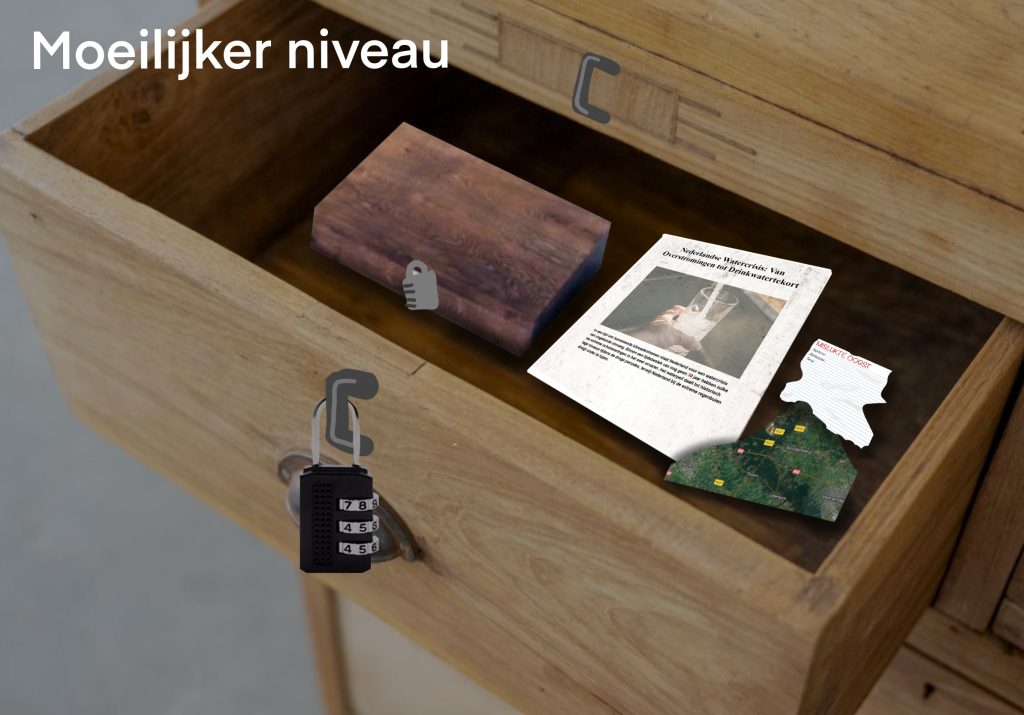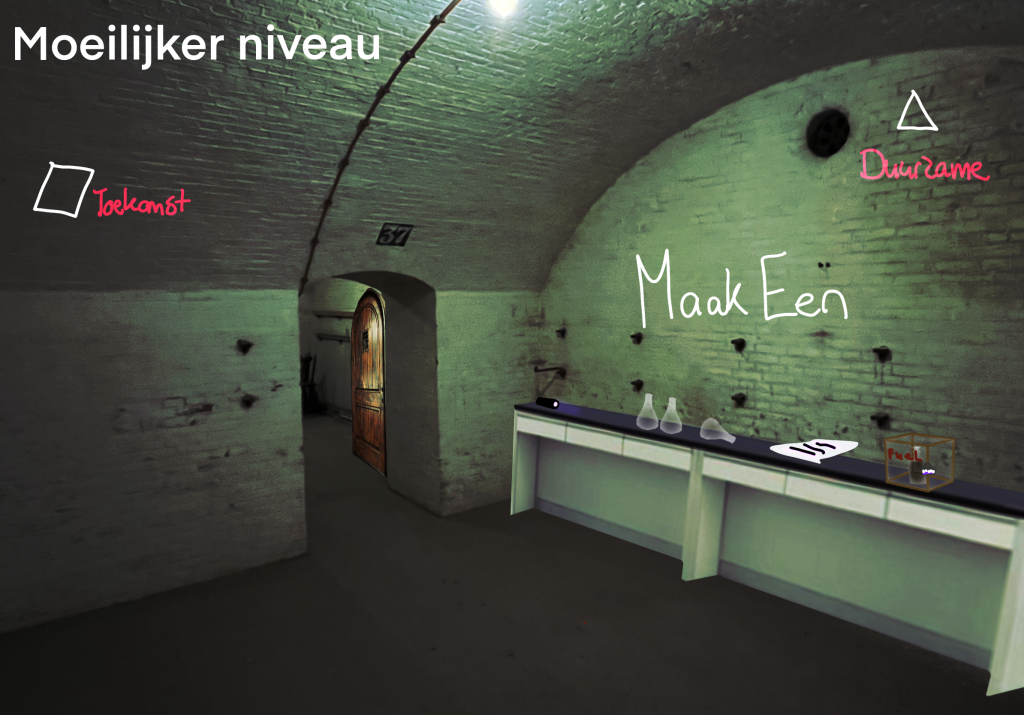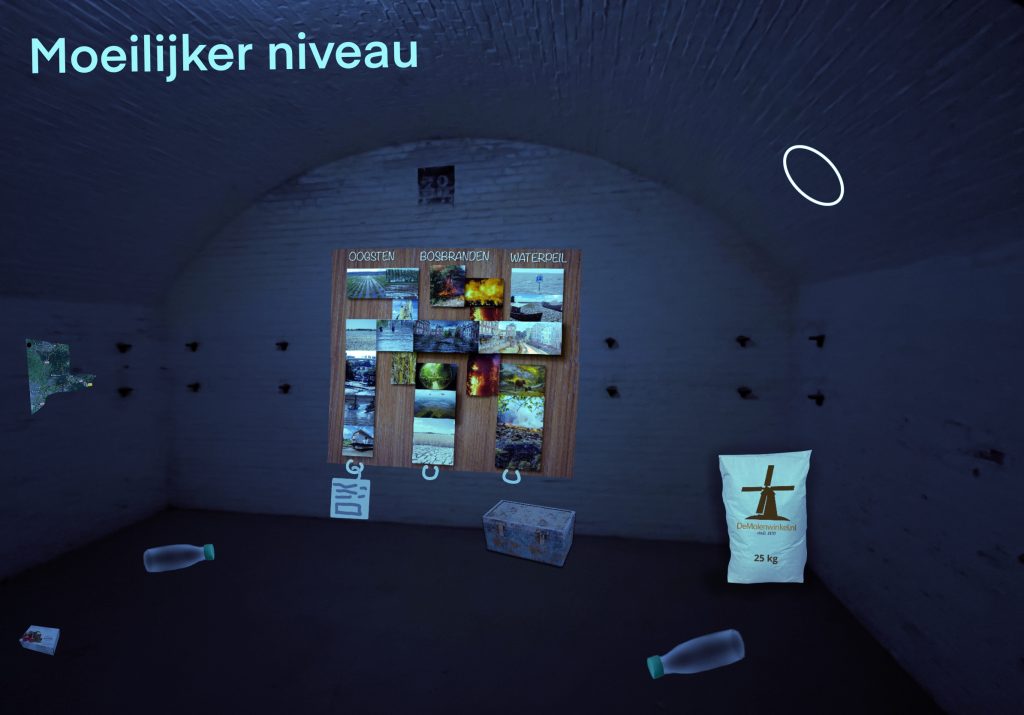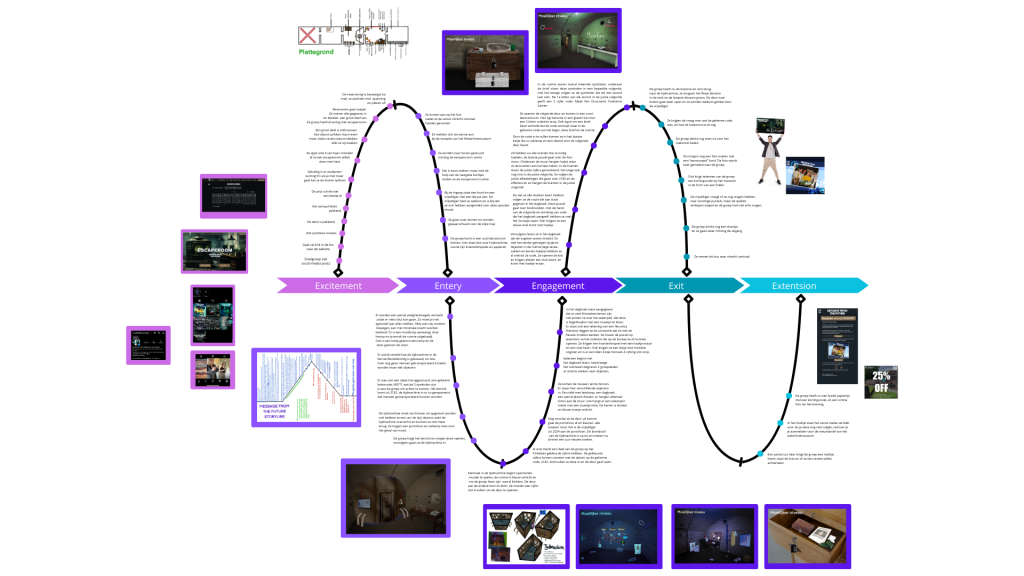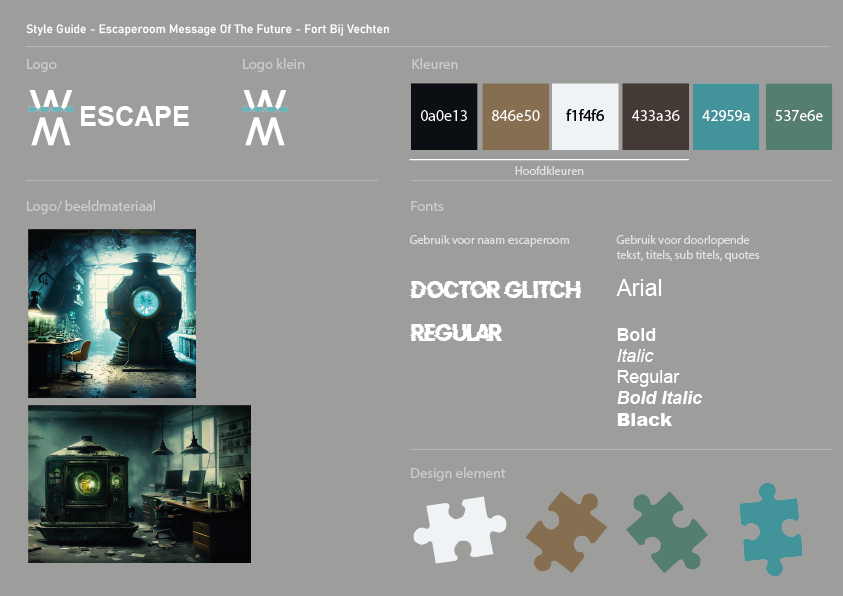
Message From the Future – Escaperoom

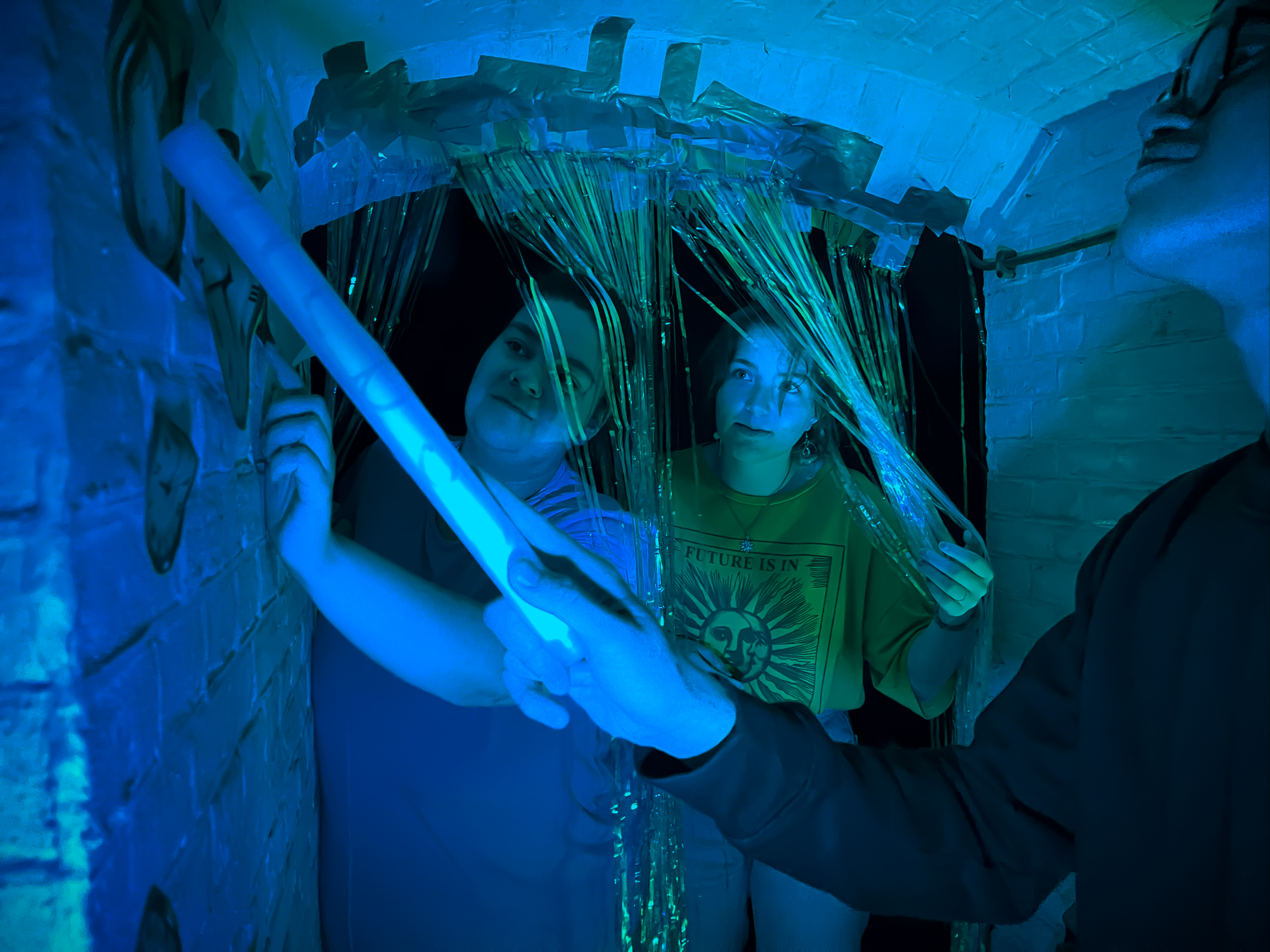
Message from the Future – Designing a Climate-Themed Escape Room Experience
For my graduation project in the final year of Communication & Multimedia Design at Hogeschool Utrecht, I collaborated with the Waterline Museum (Waterliniemuseum), Nieuwland, and Praktijkpioniers. The goal was to improve the visitor experience at Fort bij Vechten and attract a younger audience (ages 19–26). The challenge: how do you make sustainability engaging for a generation that seeks immersive, social, and memorable experiences?
The Research & Design Approach
My research question was:
“How can I improve the visitor experience of Fort bij Vechten in a way that attracts a younger audience?”
To tackle this, I used the 5E Experience Design Model (Excitement, Entry, Engagement, Exit, Extension), combined with design thinking. I worked with user research, surveys, interviews, benchmarking, and multiple user tests.
My research showed that young people are drawn to interactive, story-driven experiences, and many of them express deep concern about climate change. Escape rooms emerged as an ideal medium: immersive, fun, and perfect for delivering meaningful stories in an engaging way.
The Concept – Message from the Future
The result was “Message from the Future”, a story-driven escape room concept that links sustainability to the history and themes of Fort bij Vechten—especially its connection to water. The storyline uses water as both a historical and future-focused symbol: from a tool of defense during the war, to a critical challenge in the face of climate change.
In the escape room, players travel to the year 2182, where the Netherlands faces extreme climate disasters like floods, wildfires, and water shortages. Through puzzles and storytelling, they uncover a hidden message from the future urging us to act now:
“Create a sustainable future together.”
The experience starts subtly in the waiting area and builds tension through sound, visuals, and interaction—gradually immersing players into a speculative future. I designed all puzzles, visual elements, and spatial layouts based on iterative testing, feedback sessions, and immersive design best practices.
Promotion & Digital Presence
Beyond the experience itself, I also developed:
- A website with a clear booking system, storytelling elements, and student discount offers
- A social media campaign using TikToks, Reels, and Instagram posts tailored to youth trends
- A post-visit memory element (the 5th E: Extension), including a photo moment and take-home discount code for the museum
Each promotional channel was designed to support the first stages of the 5E model—Excitement and Entry—and to engage the target group on platforms where they are already active.
Outcome
This project was successfully completed with a strong passing grade, and the client organizations responded positively to both the concept and its real-world potential. The escape room prototype was tested with real participants at Fort bij Vechten, and the results confirmed that the story, experience, and message were clear and impactful.
My role in this project included:
- Concept development based on the 5E model and immersive design research
- Full storyline creation, puzzle design, spatial layout, and narrative testing
- Website and branding design (Adobe XD), including user flow and booking system
- Designing and producing a multi-platform social media campaign
- Leading multiple test sessions and incorporating user feedback for iteration
🔗 View the clickable website prototype
📽️ View the teaser video (Reel/Short)
